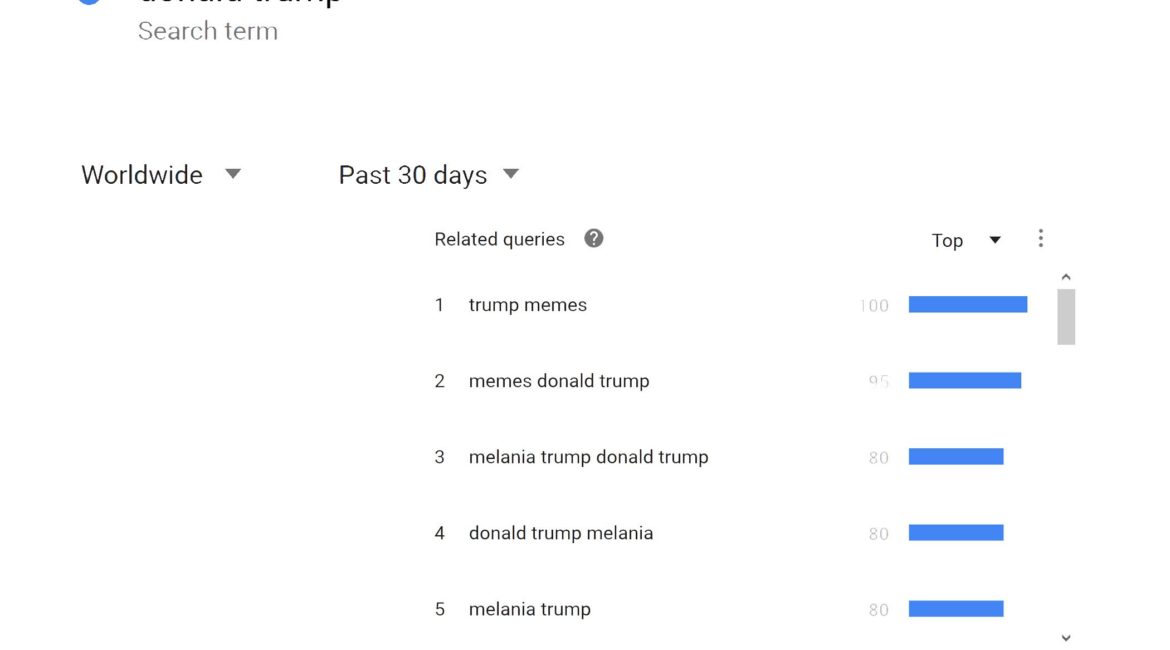Since you’re reading this online publication, I imagine that you, like me, leave hundreds of digital traces every day. A lot of these traces are things we can see–things like emails, texts, blog posts, twitter posts, photographs, Youtube comments, or Facebook likes. But today I’m particularly interested in the invisible, unintentional digital traces we leave–things like records of our internet searches and website visits, or the location data that logs our movements and phone calls.
There’s knowledge in the invisible traces.
I know I skipped from A to Q really quickly there, so let me back up a few steps to explain how I got there…
If you’re like me and millions of others, you have a Google account. The cool thing about Google is that you can use an account to access Gmail, Google Drive, Google Voice, and several other related web-based services. And because a Google account can be used simultaneously on multiple devices, Google is able to create a large web of user data–of invisible digital traces–that they can use to customize search parameters for a given account.
So, in other words, when a user searches for something on Google while logged into their Google account, the data will be used by Google to help refine future searches based on past behavior.
Go ahead and try it. Log into your Google account and search for something that you research frequently. Then log out and search again.
I bet the results vary.
And I’d even go so far as to speculate that the amount of variation between search results is directly related to the intricacy of a given user’s web of invisible Google traces.
So, as I was saying… There’s knowledge in the invisible traces. And Google has figured out a method for accessing and making use of that knowledge.
But how can we in digital rhetoric (broadly) create methods for accessing and making use of these invisible traces?
By maintaining a focus on accommodation and accessibility, disabilities studies has already paved the way for us in digital rhetoric to make use of the knowledge in the invisible traces. Disabilities studies is heavily invested in the material practice of making environments and texts readily available, easy to use, and understandable to as many people as possible.
I’m not trying to speculate on what kinds of knowledge might come from access to invisible digital traces, specifically, but I am arguing that SOME person, or entity, or thing already has access to them. And since these traces are “invisible,” they’re all relatively inaccessible to the public. And if history tells us anything, when knowledge is left in the hands of the few, when it’s inaccessible to the masses, it will likely diminish or erase the interests of the masses while furthering interests of the few.
This semester, as we continue to work on our accessibility project in the DWRL, we want to take a lesson from disabilities studies, to engage with the material practice of making invisible traces–both physical and digital–as readily available, easy to use, and understandable to as many people as possible.
Stay tuned for updates!


